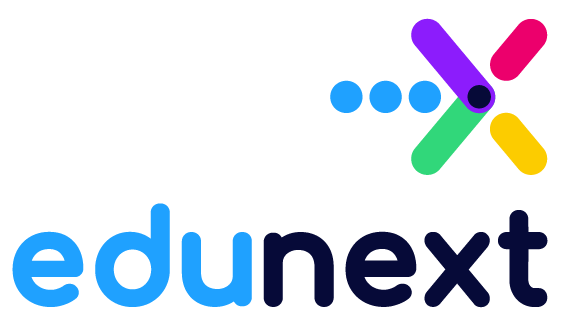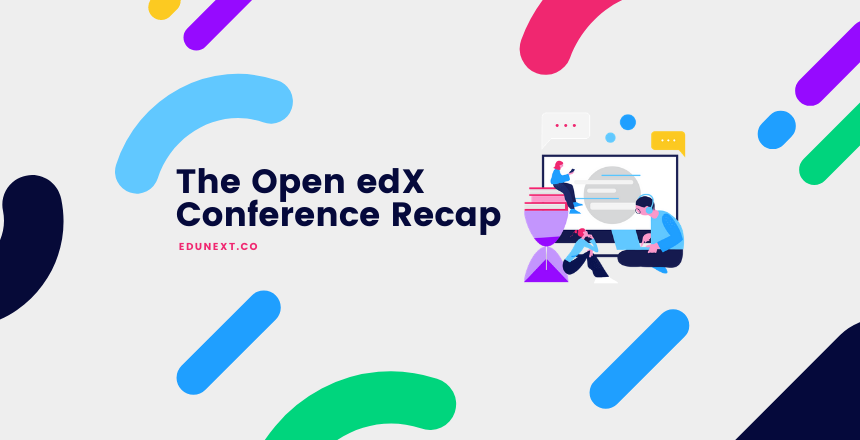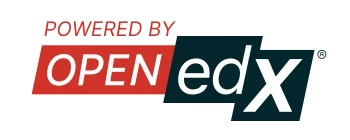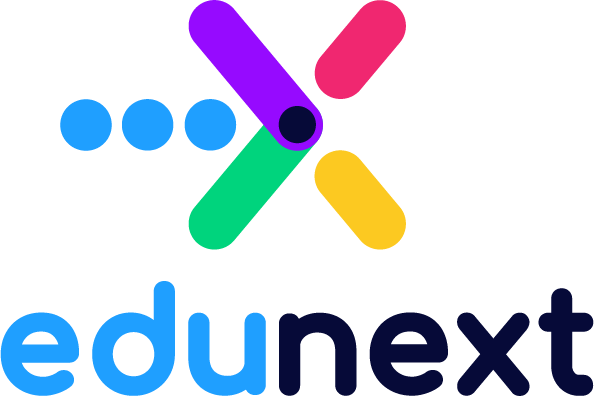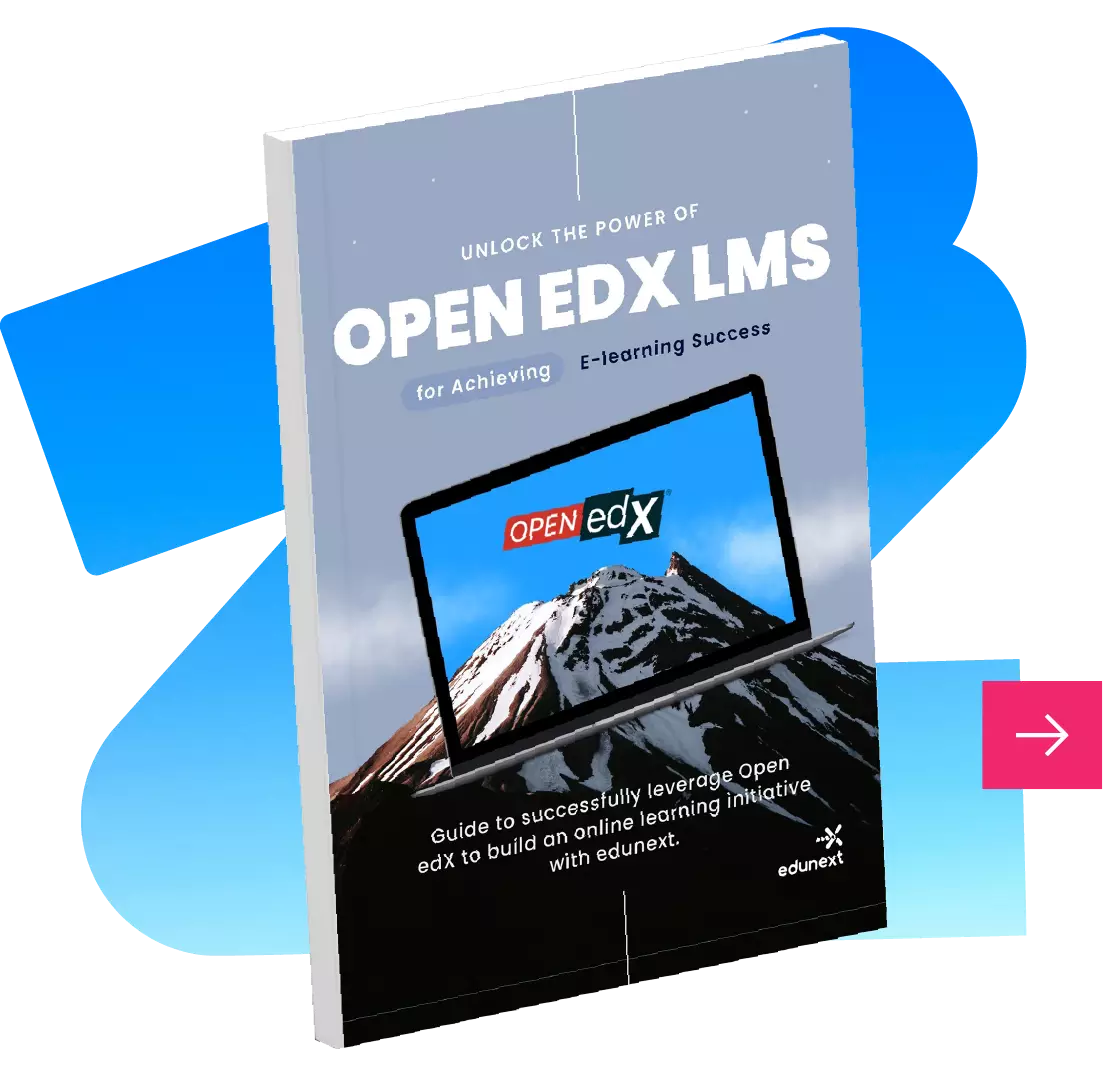The 2021 Open edX Conference was held on Thursday May 27th for the first time as an online event, bringing together leading Open edX experts from around the world. The eduNEXT team is proud to have sponsored this unique congregation of online learning specialists and to have had Daniel Quiroga, a member of our backend development team, as one of the featured speakers. The event was a total success, as Open edX practitioners shared ideas and ed-tech solutions to deliver outstanding online learning experiences.
The conference focused on shaping the future of education and had eight practical talks, as well as a virtual space for attendees to connect and do networking with each other. The use of platforms like Load Swarm and Gather Town allowed participants to share concepts and opinions about the latest updates on Open edX, as well as future projects.
In this article, we would like to highlight the most relevant topics discussed and outcomes of this year’s edition.
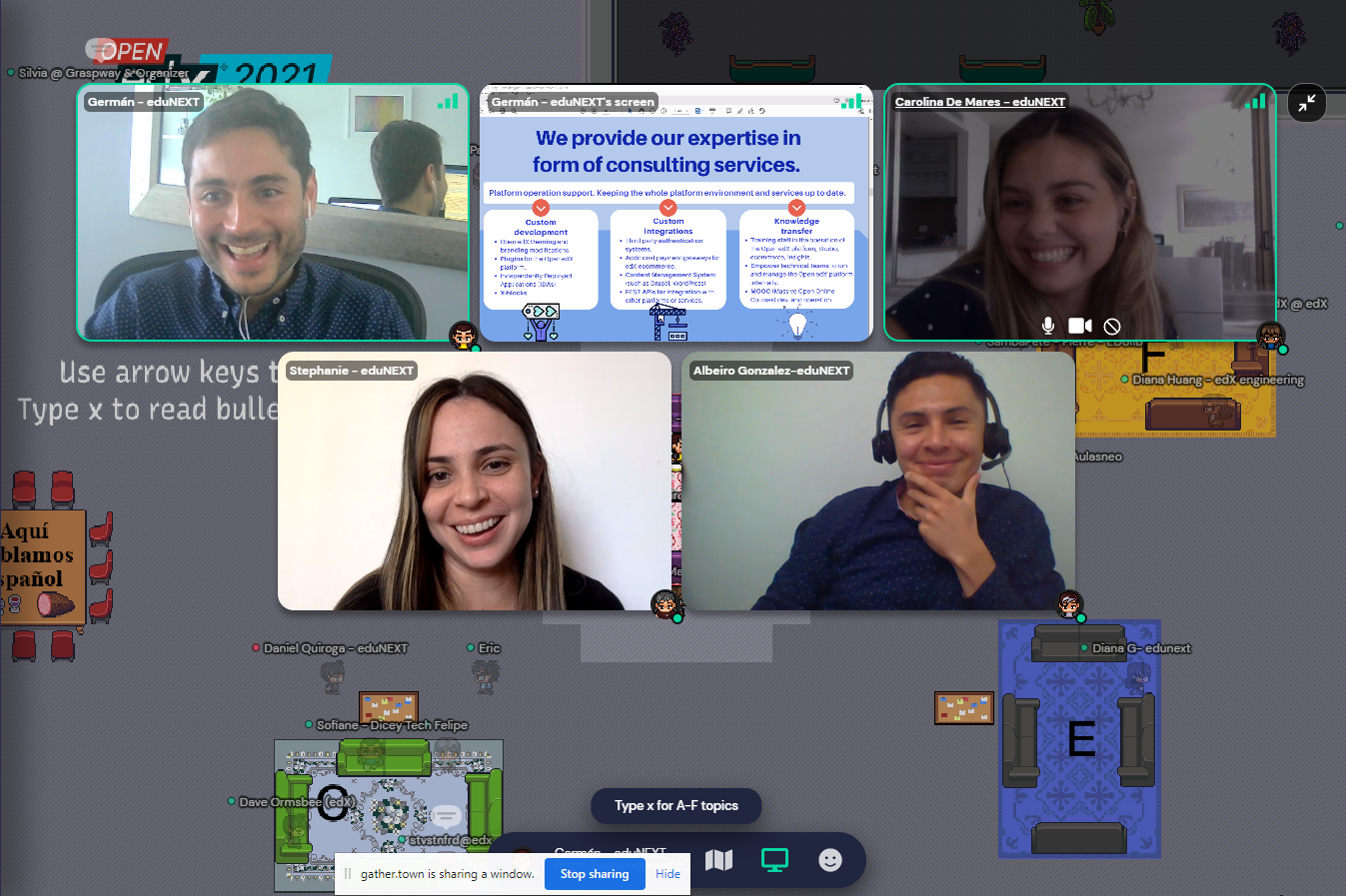
Online education during and after Covid
Anant Agarwal, president of edX inc, opened the conference with some key remarks about how the pandemic has shaped the evolution of online education.
- edX the movement for the moment
Online learning was an essential interest, edX itself observed a significant increase in the number of their users compared to the year before fluctuating
- Blended: The new normal
Campus activity in some cases went from 0% online to 100% each time the pandemic struck. These dynamics have paved the way towards the settling of a blended model where about 50% of the activity can happen online and the rest happens through in-person sessions.
- Continuous reskilling and upskilling
A major change in learners’ interests, shifting from hard skills (Computer science, Data analysis, Machine learning) to soft skills (leadership, communication, emotional intelligence).
Teaching and Learning Platform Direction
Marco Morales from the product team at edX, signaled the key themes and directions edX is developing and exploring for the Maple release and beyond to keep improving the teaching and learning platforms, including the addition for in- context secondary tools and support mechanisms for learners, the improvement of the navigation and learning experience through mobile apps, and the improvement of the communication and collaboration possibilities with changes to discussions, live video experience, course communication avenues, and collaborative tools built on the current teams functionality.
The full presentation can be accessed by conference attendees here.
From the teaching perspective, the first topic focused on flexible and remix-able authoring, to allow educators to repackage and iteratively improve their content over time with enhancements to the content library capabilities in the platform and the addition of content taxonomies.
The second topic dealt with improving the educators ability to manage the course settings by providing a new frontend interface that simplifies access and usage of such settings.
The third topic referred to the wide range of scales the platform is used for, from initially large moocs, to increasingly smaller course operations and the ways the platform can be improved to accommodate such needs at different scales.
Other talks by well known members of the community highlighted the importance of collaborative learning and the use of narratives to build better online courses and presented examples of how blended learning has been applied in the platform successfully to cope with the rising demand for online learning due to the COVID19 world emergency.
Built and running effective courses
For those more interested in the business processes and operational aspects of distributing and running online courses, there were also talks as well as more unstructured conversations about extending the platform to enable additional analytics, big data applications, payment processing capabilities and more. We had the chance to discuss some of the interesting areas we have recently been working on, including the theming possibilities on the new Microforntends architecture, the development of the triggers and hooks framework, the integrations with external applications via Zapier and the functionalities of the eduNEXT management console, among others.
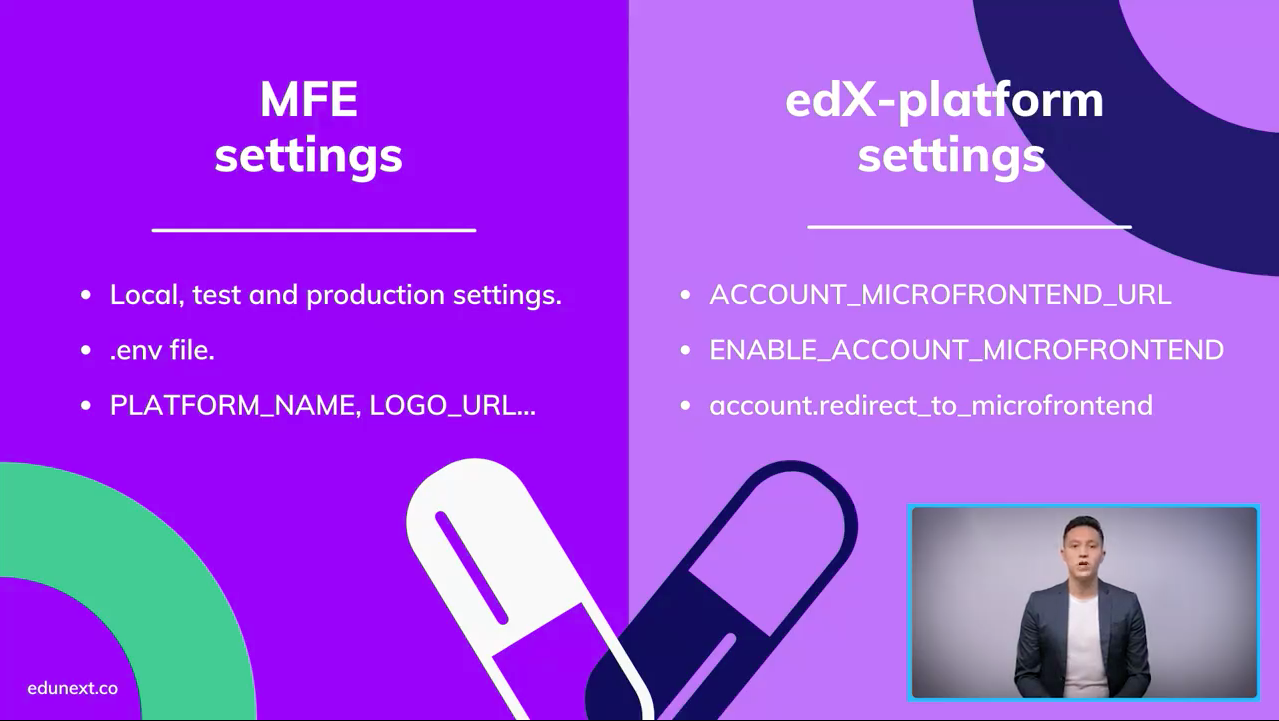
Open edX state of community and architecture engineer
The state of the architecture was conducted by Sarina Canelake from the Open edX Team, Jeremy Bowman from Teaching and learning and Nimisha Asthagiri who is the chief architect at edX.
This year the key trends are:
– Empower the community
– Transparency in decisions
– Continuing the long effort of breaking the monolith code
To empower the community the Open edX team is working hard in expanding the Core Committers program from the current 9 pilots (eduNEXT is one of them) to 9×9 or 81 core committers. This will take the form of both developers contributing code and also non-code contributors such as product owners, people in the marketing working group, documentation teams and many others.
For the transparency in decisions a big and most welcomed change is the creation of a Pull-Request template which developers working inside and out of edX are expected to follow. This will allow outside contributors to better understand the context for changes being made and will grow the discussion taking place in the open.
Finally, the longstanding effort to break the monolith code is still going strong. MFEs are a reality now and this will mean more frontend APIs with more options for innovation in the user interface. For the backend there is linting now in place to alert developers when the invisible boundaries are being crossed and also Open edX is investing heavily in the creation of python API (library boundaries) and the Hooks extension framework which was proposed by eduNEXT and is already in the building phase.
Great content, knowledgeable speakers and innovative gathering, three components that resume how exciting the 2021 Open edX virtual conference was. From the online conference structure, to the gathering and tools used, everything was well organized. We would like to thank the organizers, attendees and all the Open edX community for making this congregation possible, reassuring our commitment to continue helping to build the future for education.
